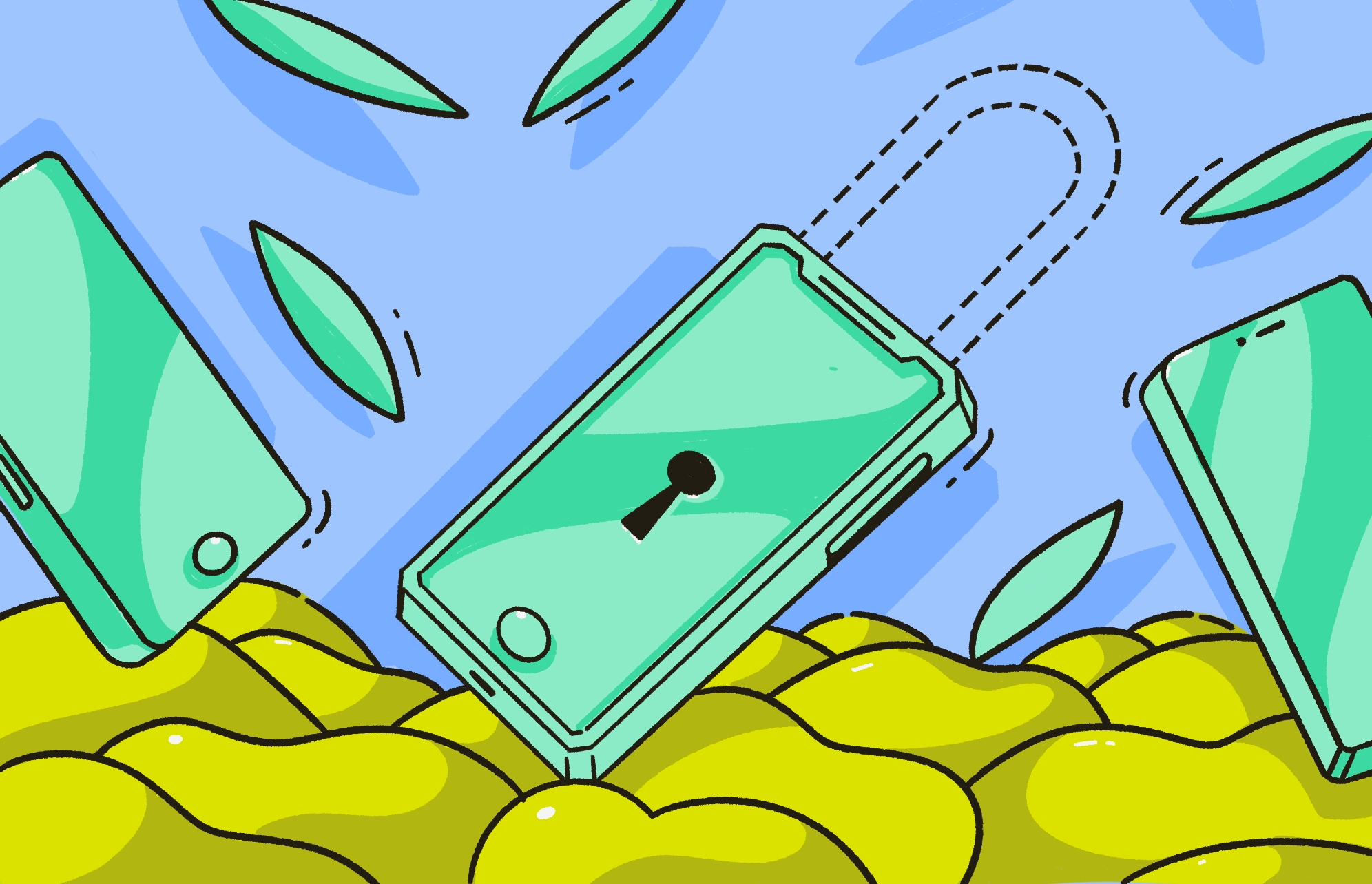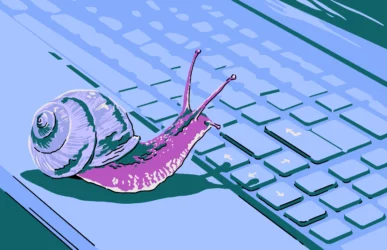Your Apple ID is the gateway to the entire macOS and iOS ecosystems. A lot of features on both macOS and iOS rely on an Apple ID — the main one being iCloud. That makes it absolutely imperative that you minimize the possibility of your Apple ID being hacked.
Note: Starting from iOS 18, Apple ID has been rebranded as Apple Account.
Is your Apple ID (Apple Account) vulnerable to hacks?
When you consider everything an Apple ID is used for — and the information it holds — it makes perfect sense that it would be one of the biggest vulnerabilities for hacking.
Your Apple ID is the same as your iCloud ID. iCloud is capable of storing your Contacts, your Calendar, your credit card information, and your location history, in addition to your emails, passwords, photos, and videos.
The amount of data that is potentially stored on your iCloud paints such a huge bullseye on your Apple ID for hackers. If they can access your Apple ID, they can discover a lot about you. Or they can even be you.
Keep all Apple protections in check
How do hackers gain access to your Apple ID?
So, how do hackers get access to your Apple ID in the first place? Let’s examine some of the most common methods.
Phishing emails
One thing you can say about hackers is that they are creatures of habit. They stick with what works, and phishing emails are a tried and true method.
A phishing email is when a hacker fakes an email to make it look as if it came from a trusted organization. They then write the email in such a way that it aims to convince you to click a link to “verify your information.”
The grammar and design of these phishing emails may be laughable — they clearly don’t feel the need to employ a proofreader or a graphic designer — but many people still are deceived by them. Enough to make phishing emails profitable to keep them going.
Weak passwords
If a hacker already has your Apple ID login email and you haven’t set up 2-factor authentication, the password is the only remaining barrier standing in their way. If your password is weak, then a brute-force dictionary attack will be enough to break through it.
One saving grace is that an incorrect password can only be entered up to 10 times on iPhone. The iPhone will then lock down and force you to connect to iTunes or reset the phone to factory settings.
Data breaches
Unfortunately, data breaches are common. And although Apple has not reported any data breaches, they could still happen. No server is totally impenetrable.
Malware and spyware
Malware and spyware are possible on iPhone, iPad, and Mac, but they have a more difficult time spreading than they do on Windows and Android. This is due to how various parts of the device are sandboxed off from other parts.
That said, the scenario of malware or spyware stealing your Apple ID can still happen. To avoid that, use an anti-malware tool like Moonlock. Moonlock will scan your Mac for threats and alert you if a stealer sneaks in. You can try it for free for 7 days and see how it works.
Stealing your iOS or Mac device
The easiest method for a hacker to access your Apple ID is to simply steal your device. If you’re logged in to the account already, and if you haven’t set up a screen PIN and 2-factor authentication, it’s an easy matter to change the password.
How to tell if your Apple ID has been hacked
If your Apple ID has been hacked, you’ll need to take fast action. Let’s run through some of the tell-tale signs that your Apple ID has been hacked.
As we said earlier, your whole life is on your device these days. It won’t be long before you start to notice that something is amiss.
You can’t log in to your account
Let’s get the obvious symptom out of the way first. If you can’t log in to your Apple ID, someone may have changed your password and locked you out.
Your payment details are being used
In many cases, the first things a hacker will head for are your payment details. So, if you notice transactions that you didn’t make (such as new app subscriptions being set up), it’s a sure sign that someone else has access to your Apple ID.
Strange apps are being installed
If you wake up one morning and discover Snapchat or TikTok has been installed on your device, it’s a sign that someone is in the background pulling the strings.
Your contacts are being contacted
If your device has been hacked, you’re not the only one who will be affected. If users in your contact list start receiving suspicious emails, spam calls, or spam text messages from you, then you have a problem on your hands.
Your passwords are being changed
Access to your Apple ID also means access to your passwords. The fallout to this depends on how many of your accounts have 2-factor authentication enabled or an authenticator app in use.
What can hackers do with my compromised Apple ID?
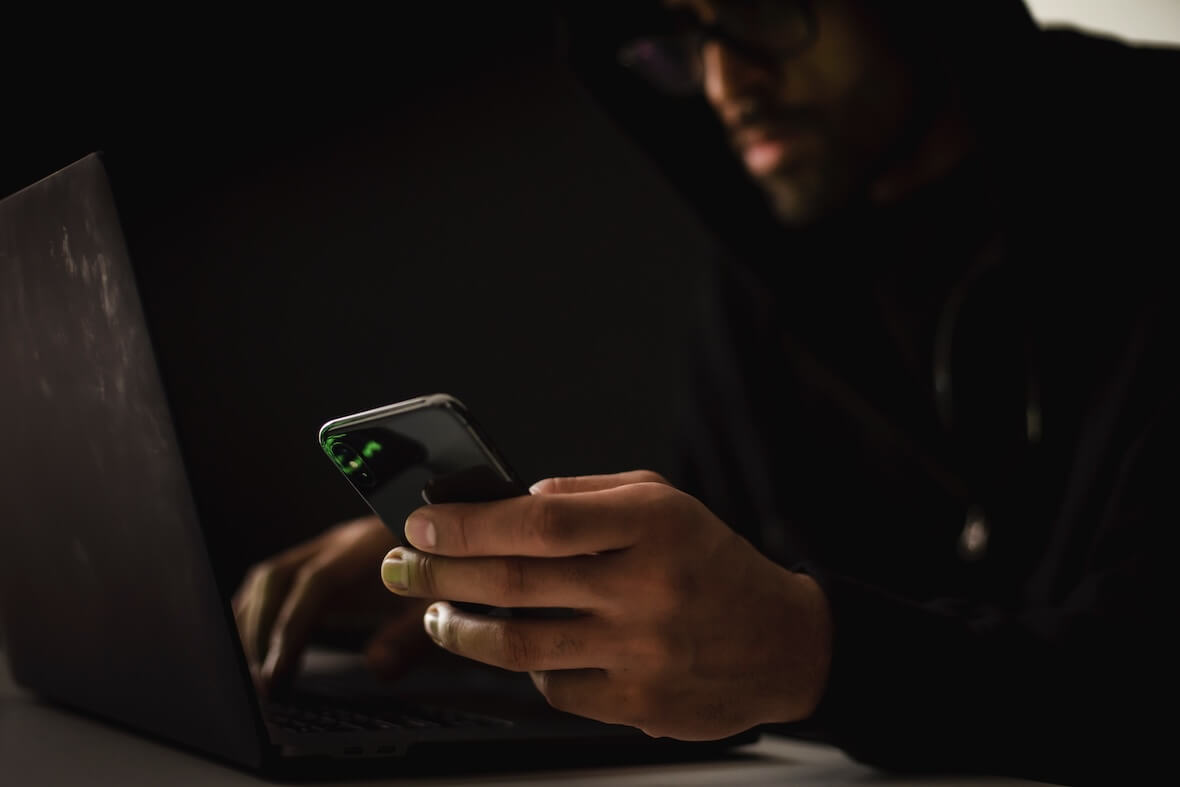
The last section went into how a hacker with your Apple ID credentials can ruin your day. Those of the consequences include:
- Your credit card and bank account information is compromised.
- Your passwords on other accounts can be changed.
- Your contacts can become victims of phishing.
- You can be blackmailed over compromising videos and photos stored on your device.
- Your location history can be accessed. If bad actors can see from your location history and your calendar when you are likely to be out, they could even use the information to break into your home.
Steps to recover a hacked Apple ID account
If it seems that you’ve become the unlucky victim of a hacked Apple ID account, you need to take immediate action.
Check to see if you still have access to your account
If you notice the hack quickly enough, there may be a small window of opportunity in which you can still get into your account. If your Apple ID password hasn’t been changed yet, change it to a new, strong password.
The added advantage of changing your password is that all other devices with your Apple ID logged in will be immediately logged out.
Enable 2-factor authentication
If you still have access to your account, enable 2-factor authentication. Simply navigate to Sign-In & Security in your iCloud account settings. Install an authenticator app such as Google Authenticator or Twilio Authy.
Contact Apple Support
Get in touch with Apple Support and report that your account has been compromised. They can help in several ways, such as resetting your password, enabling 2-factor authentication, removing unauthorized apps, and even freezing the account entirely.
However, since Apple Support may reasonably assume that you could be the hacker yourself, you will most likely have to provide identification to prove that you are the genuine account holder.
Freeze your credit cards and bank account
As we said, the first thing a hacker will go for is your payment details. You need to shut off access quickly before anyone starts spending your money.
Contact the bank and put a freeze on your card details, as well as the bank account itself. Review recent transactions to see if the account has been used. If so, contact your bank’s security team to begin the funds recovery process.
Back up your device data
You should already be backing up your device data via iCloud, but it’s a good idea to have a secondary backup for emails, photos, passwords, and videos.
One option is to send those things to a secure external email address. In the case of Apple Mail, you can also use the export option to begin moving emails out. This is, of course, assuming that you still have access to the device.
How can you prevent future Apple ID hacks?
Fortunately, there are multiple safeguards you can put in place to prevent Apple ID hacks from happening.
Scan your Mac for stealer malware
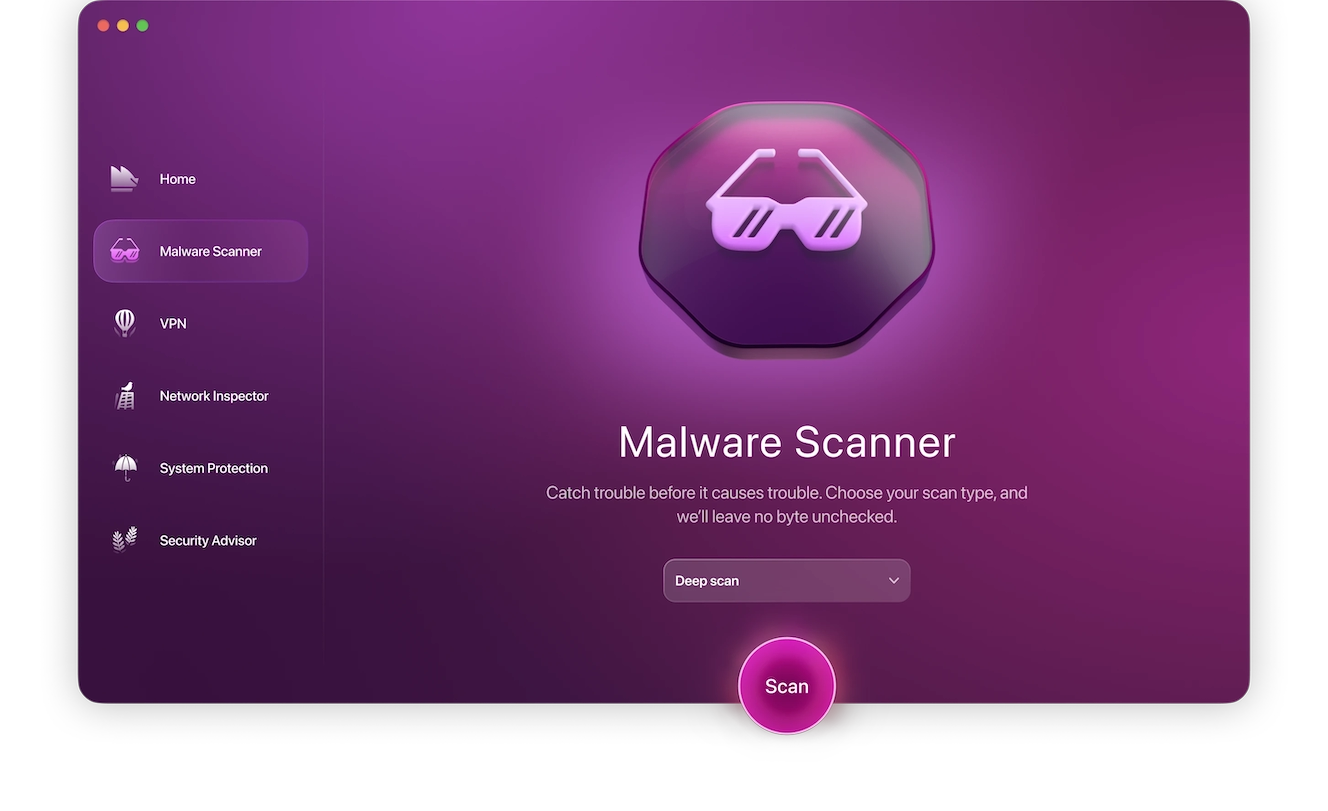
Your Apple ID credentials can be stolen by infostealing malware that got in through phishing messages. Cybercriminals have become extremely skilled at social engineering, so you need anti-malware support running on your Mac at all times. Even if you’re good at recognizing scams, a malware scan once in a while will be your safety net just in case.
For Mac-specific threats, Moonlock is a great choice. It’s built with real macOS malware investigations at its core, which means Moonlock users are among the first to get the most relevant protection there is.
To prevent malware infections and keep your Apple ID credentials safe, you don’t necessarily have to scan your Mac manually.
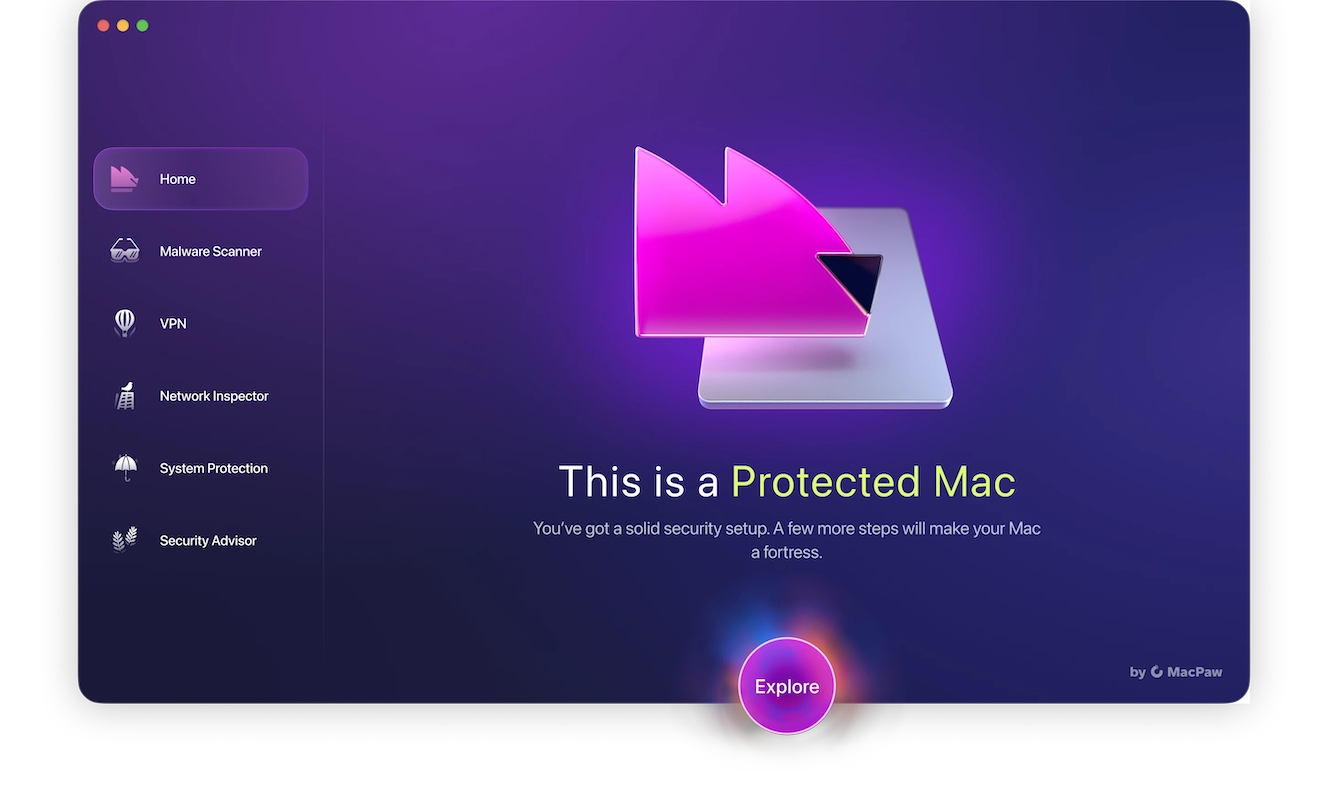
You can always schedule your scans in Moonlock. Just pick a time and frequency, and it will go through all the files you have. Even Mail attachments. Here’s how to schedule an automatic malware scan in Moonlock:
- Start your free trial and install Moonlock.
- It will automatically turn on real-time protection and notify you if it finds malware on your Mac.
- Click Explore. It will take you to the screen with an overview of your security setup.
- On the right side of the screen, find Scan Planner. Click Open.
- Click Plan a New Scan. Fill in all the fields with time, frequency, and type of scan. Click Save when you finish.
- Now, Moonlock will be automatically checking for hidden and dormant malware, so you don’t have to worry about a thing.
At the same time, Moonlock’s real-time protection will check every single file you open and download. It won’t let any spying or stealing intruder in. Not a chance.
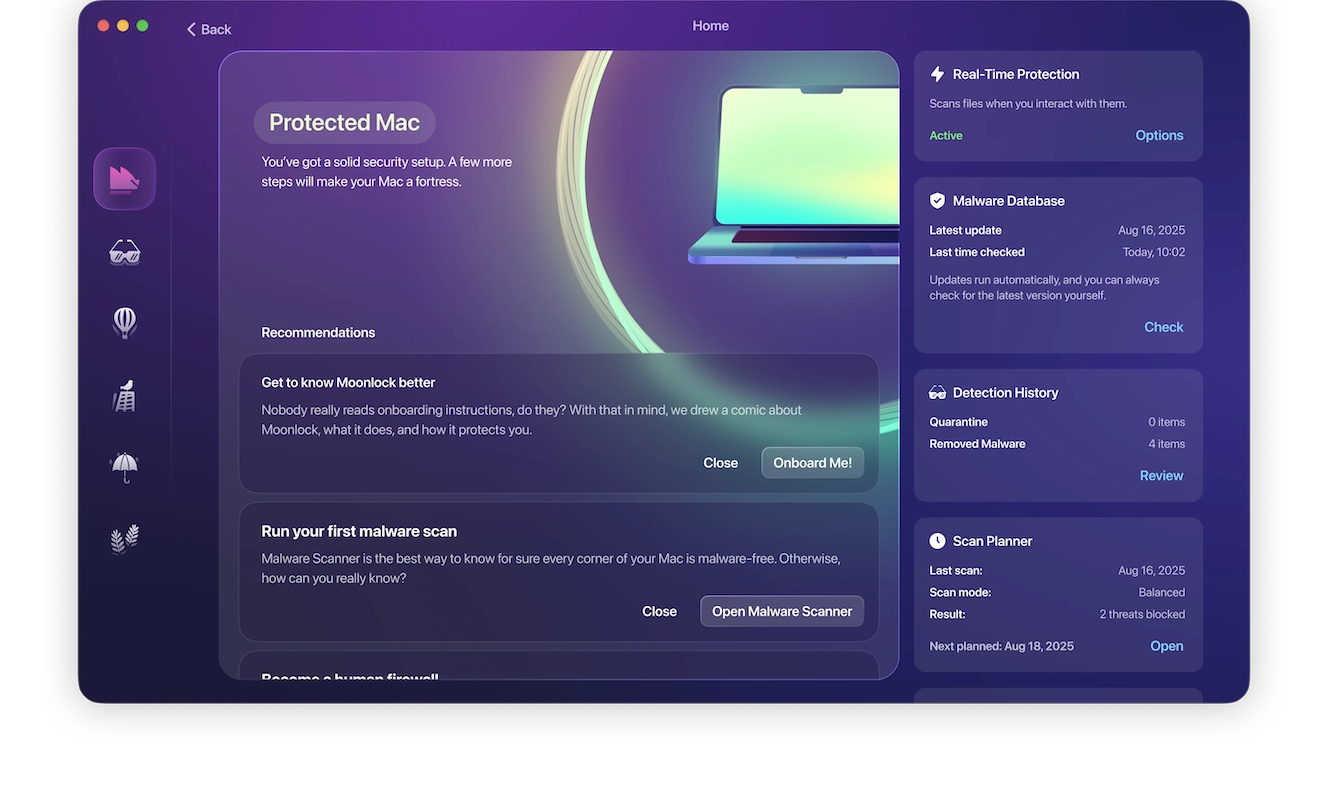
Don’t use your Apple ID email for anything else
Using the same email address for multiple services opens the door for those accounts to be compromised.
Use your Apple ID email for your Apple ID only. And don’t put an email redirection on it. Doing so will be revealing another of your email addresses.
Use a very strong password
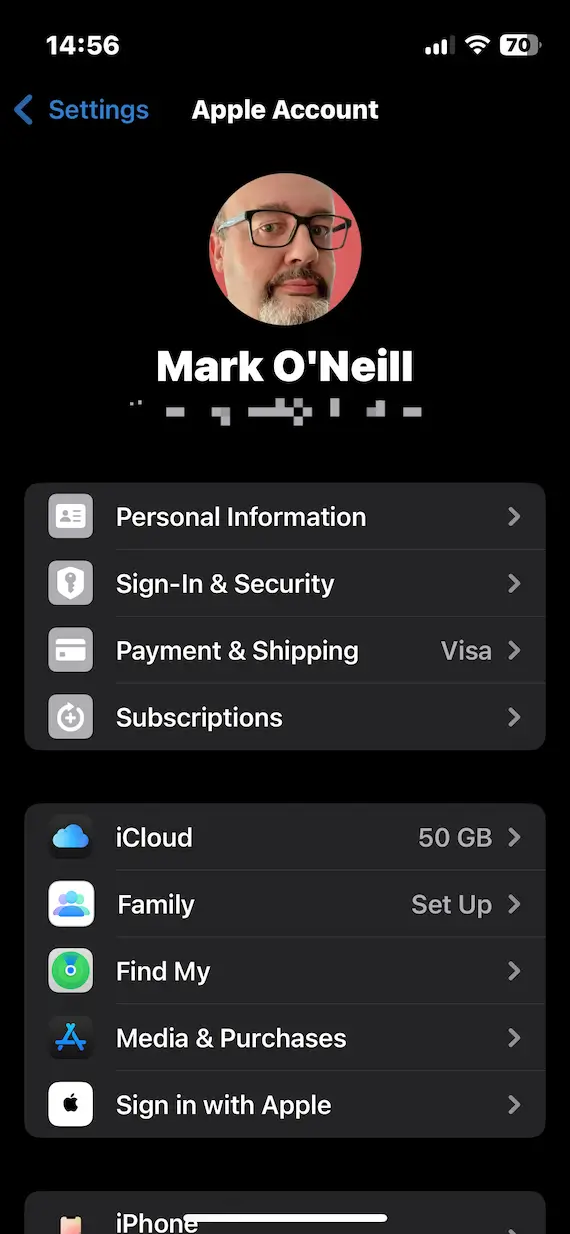
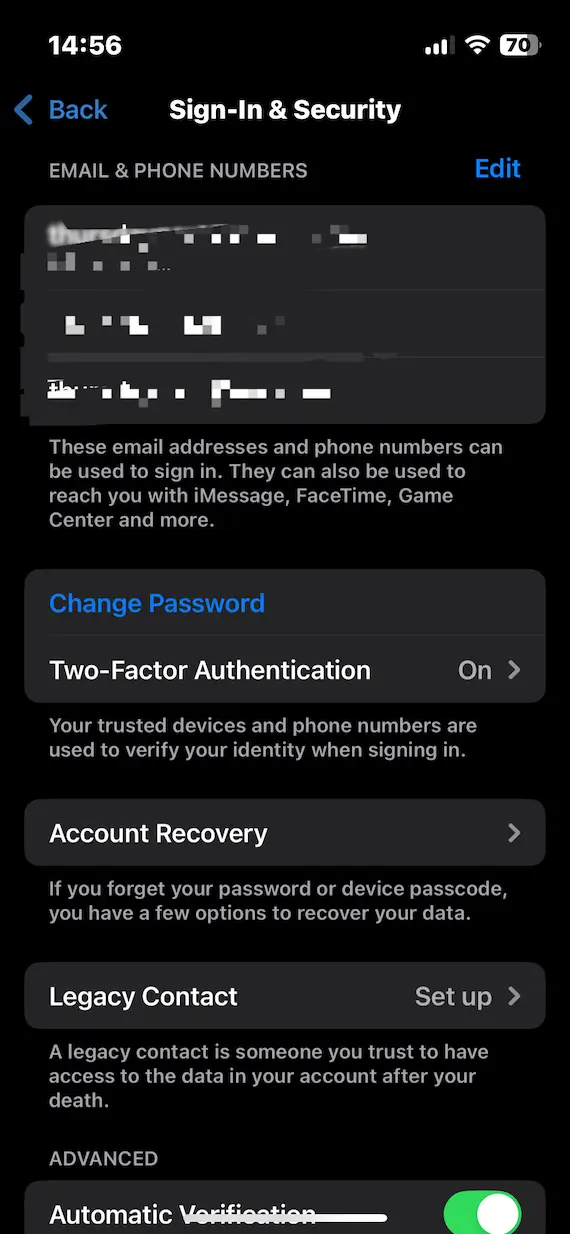
Your password is your first line of defense against an attacker. And if that password is breached, you’re in serious trouble.
This means no simple passwords like “password,” “1234,” “5678,” “letmein,” or “opensesame.” You might think an easy-go-guess password like this is cute, but you won’t feel that way when your credit card is being used on a shopping spree.
Use a minimum of 10 characters (15 is ideal) with a combination of uppercase letters, lowercase letters, numbers, and special characters. To help ensure that you don’t forget it, write it down and hide it. And if you use a password manager, change the passwords for all your accounts in it.
Enable 2-factor authentication
The 2-factor authentication feature is an absolutely life-saver. And yet, many people still don’t use it. Laziness? Apathy? Not sure how it works. Whatever the reason, you must enable it. It could be the deciding factor in whether your account gets hacked.
If possible, opt for the authenticator method. Phone SMS codes still have some risk involved, especially if a hacker has managed to clone your mobile phone number.
Install all security patches and app updates
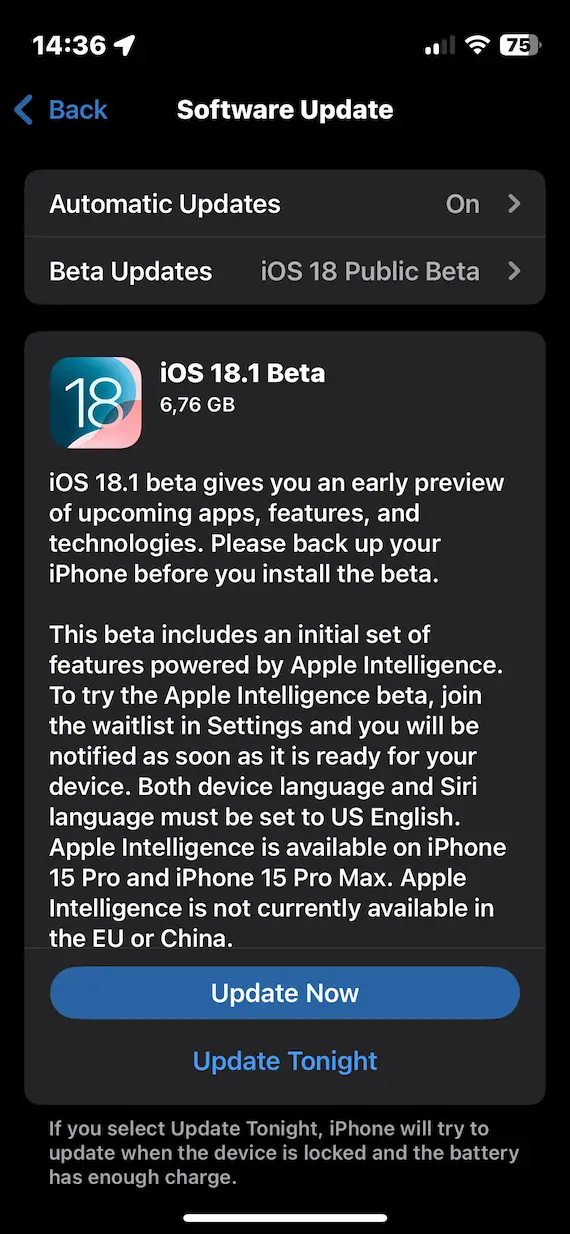
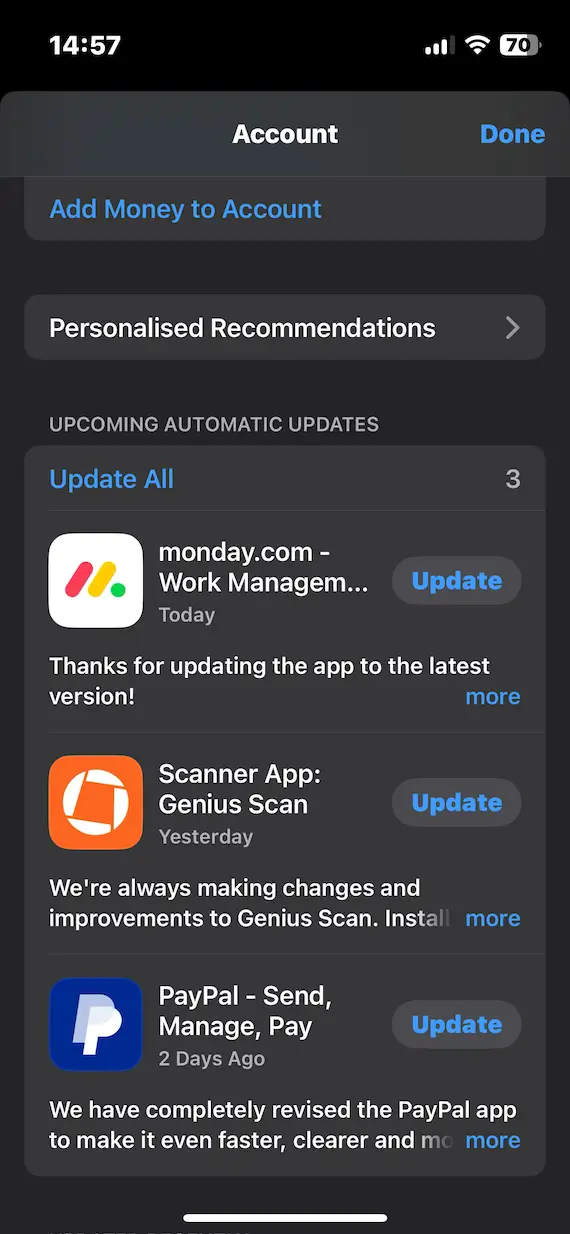
One way to close a door on unwanted intruders is to make sure that all holes are covered. This means constantly checking to see if security updates are available.
Also, check the App Store to see if any apps need to be patched.
Don’t click email links
If you take only 1 piece of advice away from this article, it should be this. Never click on a link in an email. It doesn’t matter who it’s from (or claims to be from). Never ever click that link.
Go to the website itself and manually log in. An email link may be convenient, but it isn’t worth having your account hacked.
Having your Apple ID account hacked will ruin your day. It will likely involve many hours of talking to Apple Support, your bank, your credit card company, and your Contacts list. You will also have to recover or recreate anything that has been damaged by the hacker.
Fortunately, educating yourself on the dangers and learning how to avoid them makes it less likely that you will be the victim.
This is an independent publication, and it has not been authorized, sponsored, or otherwise approved by Apple Inc. Apple ID, macOS, and iOS are trademarks of Apple Inc.
